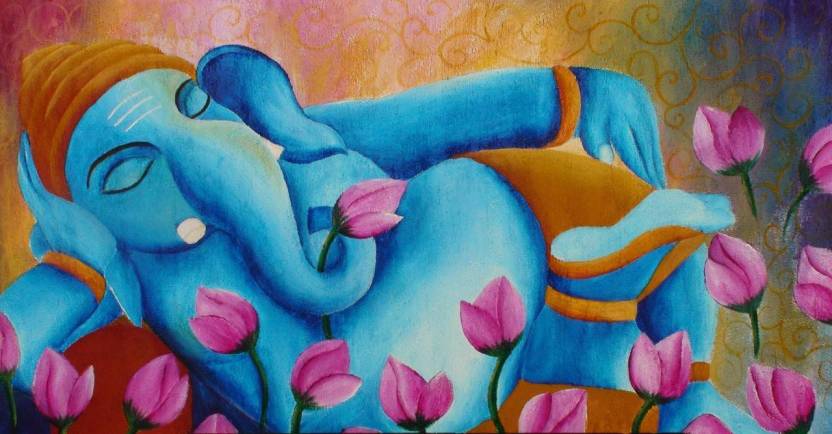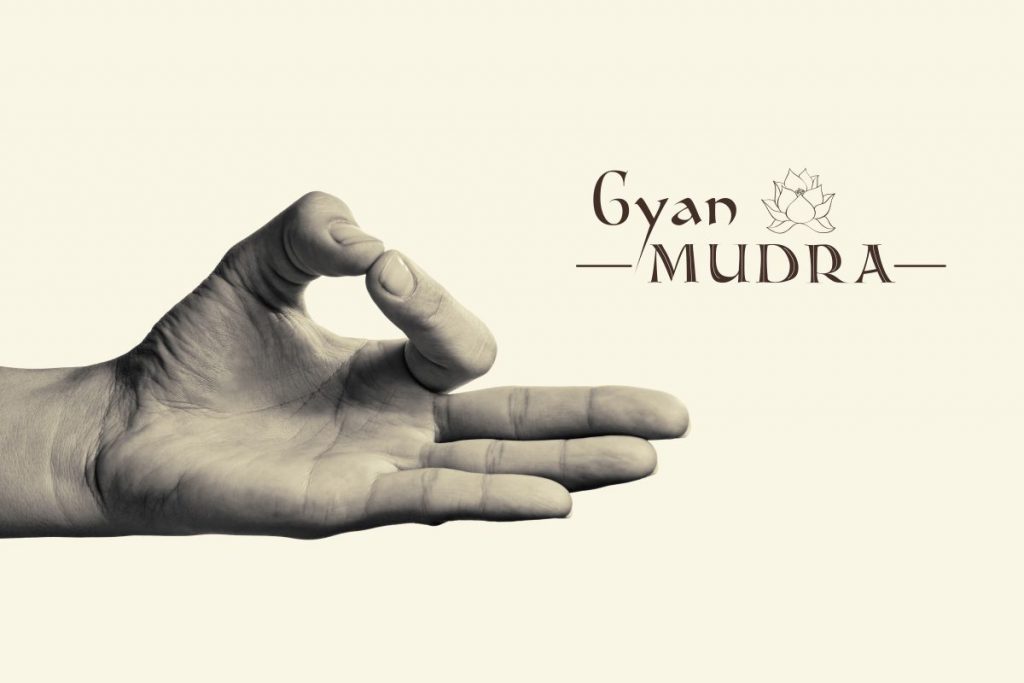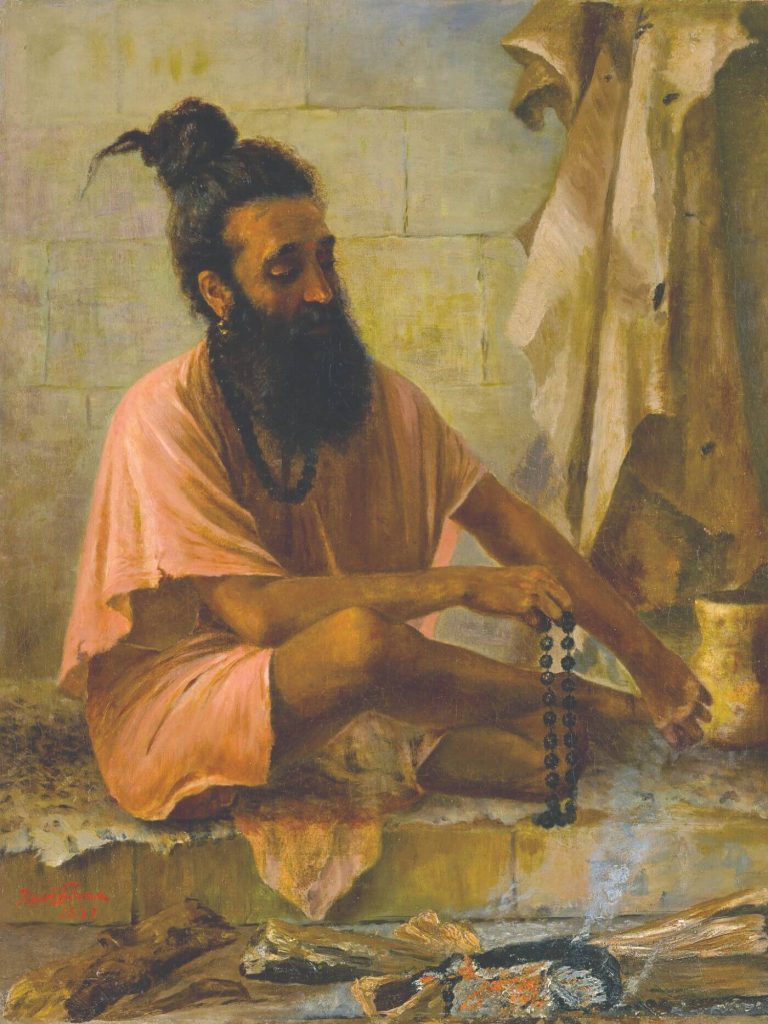Exercise 2
Wake and sleep
Difficulty level – 2 (moderately difficult)
Time commitment – 10 minutes everyday

This exercise is simple – after all, we do this everyday. The catch is that you have to do this AT THE SAME TIME EVERYDAY, FOR 21 DAYS.
Choose a waking time and a sleeping time. I wake at 4.30 in the morning, but you don’t have to. It can be at 6, even 7 am (that’s pushing it a bit too close to laziness, but small steps first!). And a sleeping time, preferably before midnight. A few things to note:
- The key is to wake and sleep at the same time everyday – so the number of hours you sleep don’t count. However, seven hours is a good measure.
- You can set your bedtime in iPhone – it has this option in the clock app (which is native to iOS). Am sure there would be an Android equivalent as well.
- This applies even on weekends, so choose well. And missing a day resets the clock – which means you start Day 1 all over again.
How you do it
Again, you can use technology to help you. The iPhone has a screen time option, and combined with the bedtime option, you get a reminder 30 minutes before your scheduled bedtime – to keep away your devices. Lets say you chose 10 pm to sleep. Ensure that you stop using all electronic devices (television included) by 9.30 pm. Have a glass of warm water (sip it), and sit straight and close your eyes. Your hands can be kept loosely on your thighs, palms facing down, or if you know how to do it, in jnana mudra (as below). Take ten deep breaths, feeling the air pass through you with each inhalation and exhalation, so that you feel completely relaxed. Once done, go to sleep (no checking the phone!).

Waking up – choose a time that is right for you. If you get over-enthusiastic and try getting up too early all of a sudden, you will not be able to sustain it. You may feel lethargic and sleepy through the day, and that is not the objective of this exercise. However, once you choose the time, stick to it. A maximum of one snooze is allowed, that too in the first 2-3 days only.
Tapasya – the heat of self-discipline
तप् (Tapa) means heat – and tapas can be interpreted as the self-discipline required to achieve any goal, be it big or small. The process itself is called tapasya. Much like nature uses warmth to give life – the heat of the sun being critical to life on earth , or a bird hatching her eggs, or a mother carrying the baby in her womb, the warmth of self-discipline is required to take a spiritual rebirth.

I have personally found that discipline can be cultivated, but it requires small steps rather than large strides.
Most of the time, we give up not because we don’t want to achieve the goal, but because our willpower has been conditioned to become weaker. When in school, we all followed a routine, but as and when we grew up, the routine was replaced by the ‘freedom’ to choose. This has now been coupled with the excesses that we are accustomed to – binge-watching TV shows instead of waiting a week for the next episode, eating at odd times due to 24/7 menus on Zomato, information at the tips of our fingers on multiple devices, EMIs available to purchase stuff that you desire, without the discipline to save up first – all this contributes to weakening the willpower that we once had.
We have to claw our way back to discipline, one small step at a time…
This exercise is a small, but very important step, in the habit of developing habits that will help in larger goals, such as eating healthy food, developing a sustained exercise routine, or even giving up smoking. We will approach those goals in due course – but first, let us make corrections to our basic routines, and then take it from there:)
Suggested reading
यथाकारी यथाचारी तथा भवति—साधुकारी साधुर्भवति, पापकारी पापो भवति;
पुण्यः पुण्येन कर्मणा भवति, पापः पापेन ।
अथो खल्वाहुः काममय एवायं पुरुष इति; स यथाकामो भवति तत्क्रतुर्भवति, यत्क्रतुर्भवति तत्कर्म कुरुते, यत्कर्म कुरुते तदभिसंपद्यते ॥
yathākārī yathācārī tathā bhavati—sādhukārī sādhurbhavati, pāpakārī pāpo bhavati; puṇyaḥ puṇyena karmaṇā bhavati, pāpaḥ pāpena |
atho khalvāhuḥ kāmamaya evāyaṃ puruṣa iti; sa yathākāmo bhavati tatkraturbhavati, yatkraturbhavati tatkarma kurute, yatkarma kurute tadabhisaṃpadyate ||
Brihadaranyaka Upanishad
As as one acts, so does he become. One becomes virtuous by virtuous action, and bad by bad action.The self is identified with desire alone. What it desires, it resolves; what it resolves, it works out; and what it works out, it attains.
